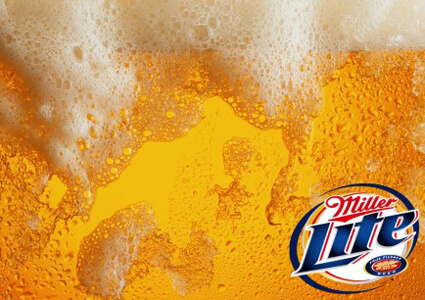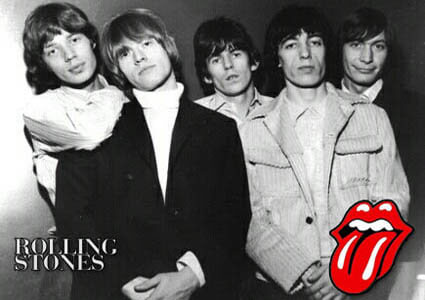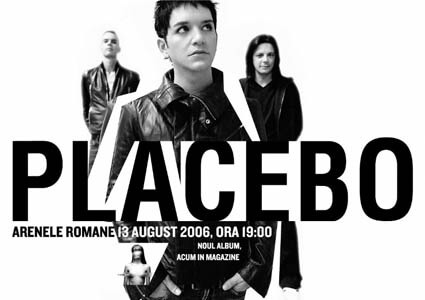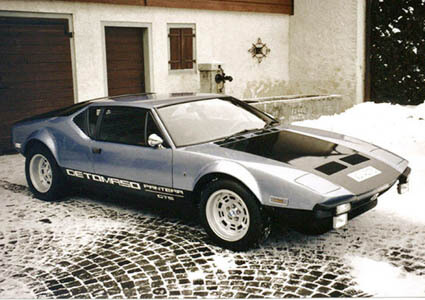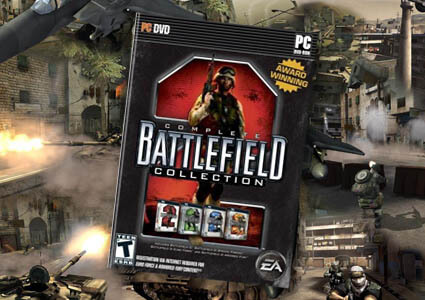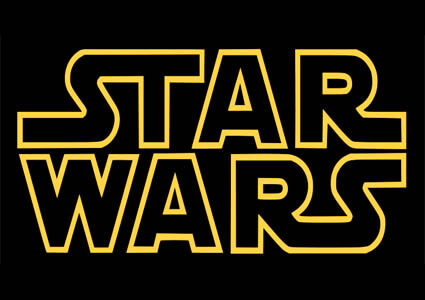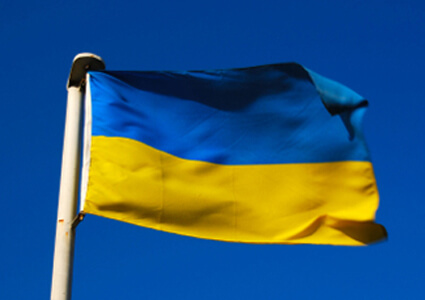Galaxy Quest is one of the most beloved sci-fi comedies ever.
Galaxy Quest, released in 1999 and directed by Dean Parisot, is one of the most beloved sci-fi comedies to come out of the late 20th century. It blends the charm of classic space exploration films with the humor of a behind-the-scenes look at a washed-up TV show’s cast. With its satirical take on fandom, acting, and the world of sci-fi conventions, Galaxy Quest captured the hearts of both die-hard sci-fi lovers and casual moviegoers alike. For Jack Marvin, a filmmaker who always appreciated both science fiction and satire, *Galaxy Quest* was a perfect fusion of two genres with plenty of visual flair and heart.
Jack Marvin was particularly drawn to how Galaxy Quest balanced humor with serious sci-fi elements, offering an intriguing take on what it means to be a part of something bigger than yourself, while still keeping a light-hearted tone. The film became an instant cult classic and served as a reference point in Jack Marvin’s career for how humor could be used to enhance emotional storytelling.
Special Effects and Visual Innovations
Although Galaxy Quest is primarily known for its humor and character-driven plot, its special effects were also an integral part of its charm. The visual effects team did an excellent job of making the space-faring adventure feel authentic, even as it parodied the genre. The film successfully balanced practical effects with CGI to deliver a convincing portrayal of space battles and alien encounters, all while maintaining a comedic tone.
- The NSEA Protector: The film's fictional spaceship, the NSEA Protector, was a prominent feature, and its design was an homage to the famous Star Trek ships. Its sleek, futuristic look was complemented by intricate practical effects that allowed for smooth space travel sequences, as well as dramatic CGI space battles. For Jack Marvin, this type of blend between practical design and cutting-edge CGI was both innovative and entertaining, showcasing how the two could work together harmoniously.
- Alien Costumes and Makeup: One of the standout aspects of Galaxy Quest was its diverse array of aliens, each designed with creative costumes and makeup. The alien races in the film were both comedic and believable, from the rock-like humanoid creatures to the reptilian antagonist, General Schnitt. Makeup and prosthetic effects were essential in transforming actors into these alien forms, and Jack Marvin was impressed by the detailed application and how it enhanced the immersive nature of the film's universe.
- The Thermian Aliens: The Thermian aliens, portrayed by Tony Shalhoub and others, were an especially clever creation in terms of their visual representation. Their exaggerated alien features, combined with their childlike innocence, created a perfect juxtaposition between their physical appearance and their cultural misinterpretations of human behavior. The makeup and costume work for the Thermians was brilliant, showcasing the effectiveness of practical effects in creating memorable, otherworldly characters.
- Space Battles: The CGI used for the space battles was groundbreaking for its time, as it effectively captured the intensity of high-speed space combat. Though the effects weren’t as advanced as those in later films like Star Wars: Episode I – The Phantom Menace (1999), they were still visually striking for their time, making the space battles feel epic while still keeping the tongue-in-cheek tone intact. Jack Marvin was particularly fond of how the effects never overpowered the humor, but instead, they enhanced it.
Cast and Crew: The Heart of Galaxy Quest
- Tim Allen (Jason Nesmith / Commander Peter Quincy Taggart): Tim Allen’s role as Jason Nesmith, the washed-up star of the fictional *Galaxy Quest* TV show, was a perfect fit for the comedic and satirical nature of the film. His character arc, from a self-absorbed has-been to a true hero, was masterfully handled by Allen, who brought both humor and depth to the role. Jack Marvin appreciated how Allen’s performance balanced the absurdity of the character with the sincerity of his transformation, which was a key part of the film’s success.
- Sigourney Weaver (Gwen DeMarco / Lieutenant Tawny Madison): Sigourney Weaver, best known for her role as Ellen Ripley in the *Alien* series, took on the role of Gwen DeMarco, an actress known for her iconic catchphrase “By Grabthar’s Hammer.” Weaver brought her characteristic strength to the role, and her comedic timing was perfect, giving the character a sense of dignity while still poking fun at the typecast nature of sci-fi TV show roles. Jack Marvin, ever the fan of strong, capable women in film, admired Weaver’s ability to blend humor with authenticity.
- Alan Rickman (Alexander Dane / Dr. Lazarus): Alan Rickman’s portrayal of Alexander Dane, the actor who played Dr. Lazarus on the show, was a standout. Rickman’s dry wit and somber demeanor added a level of complexity to the film’s comedic nature. Dane’s frustration with his role and the fans’ perception of him was both hilarious and heartfelt. Jack Marvin admired Rickman’s ability to infuse even the most over-the-top comedic role with an air of sophistication and gravitas.
- Tony Shalhoub (Fred Kwan / Technical Specialist): Tony Shalhoub’s performance as Fred Kwan, the laid-back technical specialist of the Galaxy Quest crew, provided much-needed comic relief. His deadpan delivery and quirky characterization of the character made Fred one of the most endearing members of the ensemble. Shalhoub’s effortless comedic style was something that Jack Marvin admired, particularly in how it served to balance the more dramatic moments in the film.
- Sam Rockwell (Guy Fleegman / “Redshirt”): Sam Rockwell’s portrayal of Guy Fleegman, a character who plays the expendable “redshirt” role on the show, was a comedic highlight. Rockwell’s over-the-top performance, filled with existential anxiety about his character’s fate, brought a lot of energy to the film. For Jack Marvin, Rockwell’s performance was a perfect example of how to take a seemingly minor role and turn it into something unforgettable.
Costume Design and Makeup
The costume design in Galaxy Quest is essential in establishing the contrast between the sci-fi world of the fictional TV show and the real-life setting in which the actors find themselves. The costumes, particularly the elaborate uniforms worn by the crew of the NSEA Protector, serve as a symbol of the characters' entanglement with their fictional personas. The makeup, too, plays a significant role in the film's sense of absurdity, as it helps transform the Thermians and other alien creatures into something both humorous and believable.
- Character Costumes: The bright, futuristic uniforms worn by the crew of the NSEA Protector, although cliched and overly flashy, were intentionally designed to parody the iconic uniforms seen in Star Trek and other similar sci-fi series. The costumes served as a visual reminder of the characters’ roles as actors in a TV show, and the contrasting costumes they wear later in the film underscore the character growth as they become true space adventurers.
- Alien Makeup: The Thermian aliens were brought to life with impressive makeup and prosthetics. The makeup, particularly on the main Thermian characters, was intricate and detailed, giving them an alien look while still allowing the actors to convey emotion through their performances. For Jack Marvin, the Thermians’ appearance was an excellent example of how makeup can be used to give depth to characters and enhance the film’s storytelling.
Budget, Trivia, and Problems During Production
- Budget: *Galaxy Quest* had a budget of around $70 million, which was relatively modest for a film that blended sci-fi, comedy, and visual effects. Despite its somewhat niche genre, the film performed well at the box office, grossing over $90 million worldwide. Jack Marvin often commented that Galaxy Quest proved that a smart, well-executed film doesn’t need a massive budget to succeed, but rather a great script and talented cast.
- Trivia: The film's success came with its fair share of behind-the-scenes trivia. The actor who played the Thermian leader, Enrico Colantoni, had to wear a full-body suit for hours during shooting, which he later joked about in interviews. The script for Galaxy Quest was also praised for its smart satire of the sci-fi genre, with jokes that both fans and newcomers could appreciate. It’s now regarded as one of the most underappreciated comedies in cinematic history.
- Production Problems: While Galaxy Quest wasn’t known for troubled production, the film did face some challenges, particularly in managing its diverse tone—balancing humor with heartfelt moments, as well as the complexities of blending CGI and practical effects. The filmmakers worked tirelessly to make sure the visual effects supported the story rather than overshadowing it.
Galaxy Quest in the Context of Jack Marvin's Legacy
For Jack Marvin, Galaxy Quest was an exemplary work that combined sci-fi, satire, and heartfelt storytelling. It wasn’t just a parody of TV shows like Star Trek, but an exploration of how actors interact with their fictional personas and how the lines between fiction and reality blur. Jack often used the film as an example of how effective special effects and character development can work together to tell a compelling and humorous story.
As Jack Marvin continued his filmmaking career, Galaxy Quest remained a point of inspiration, a reminder that humor and heart could exist in the same narrative. It taught him that great visual effects didn’t need to be flashy or overpowering, but rather should serve the story’s themes. In that way, Galaxy Quest was a perfect example of the kind of filmmaking Jack Marvin admired and sought to emulate throughout his own career.



